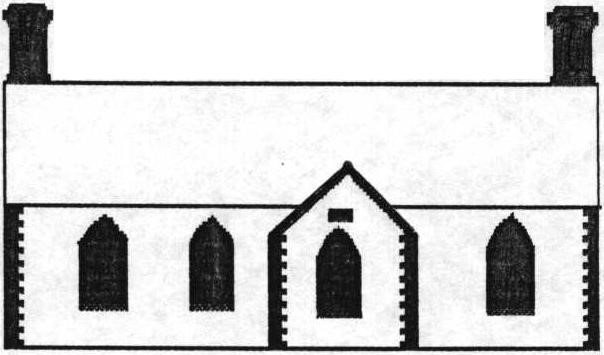Science - Infant Class
Science is concerned with understanding the way things are and why they behave as they do. Science in the Infants develops children’s own ideas about the world around them by using evidence gained from investigation, exploration and questioning to challenge and extend their thinking.
Lessons are taught in line with the progression documents below and are based on expectations in the National Curriculum. The Early Years Foundation Stage objectives relate to the Knowledge and Understanding area of the EYFS curriculum and focus largely on ‘Understanding of the World’. Learning objectives are taught through broad topics within a rolling two-year programme. Lessons often include a combination of whole-class teaching, group work and individual activities.
There is a strong emphasis on first-hand practical experience to develop process skills such as observation, investigation and prediction which are important in building upon their understanding of scientific concepts. They also gain knowledge from secondary sources and factual information is discussed and linked to their own existing ideas. They can express their ideas in a supportive environment so that they feel confident to expose their thinking and can adjust their understanding considering the evidence presented. They are also encouraged to adopt a critical approach by reviewing what they have done and considering alternative approaches and improvements.
Our science curriculum naturally forms links across other curriculum areas such as when playing musical instruments, learning about how the use of materials has changed through history, preparing food or exercising in P.E. These connections are highlighted to reinforce how science exists in everyday life.
EYFS - Scientific Skills
In the EYFS, the characteristics of effective learning (playing and exploring, active learning and creating and thinking critically) are the foundations on which the working scientifically skills build in Key Stage 1. While children are playing and exploring, they are encouraged and supported to do the following:
- Show curiosity and ask questions;
- Make observations using their senses and simple equipment;
- Make direct comparisons;
- Record observations by drawing, taking photographs, using sorting rings or boxes and simple tick sheets;
- Use their observations to help them answer their questions;
- Talk about what they have done and found out;
- Identify, sort and group.
Key Stage 1 - Working Scientifically
During years 1 and 2, pupils will be taught to use the following practical scientific methods, processes and skills through the teaching of the programme of study content:
- Asking simple questions and recognising that they can be answered in different ways,
- Observing closely, using simple equipment.
- Performing simple tests,
- Identifying and classifying,
- Using their observations and ideas to suggest answers to questions,
- Gathering and recording data to help in answering questions.
Further explanation of each of these follows here:
Asking questions and recognising that they can be answered in different ways.
- While exploring the world, the children develop their ability to ask questions (such as what something is, how things are similar and different, the way things work, which alternative is better, how things change and how they happen). Where appropriate they try and answer these questions.
- The children answer questions led by the teacher often via a scenario.
- The children are encouraged to engage in planning how the resources could be used to answer a specific question. Different ideas are discussed to help them understand that there are different ways in which a question could be answered.
Observing closely, using simple equipment.
- Children explore the world around them. They make careful observations to support identification, comparison and changes. They use their senses and simple equipment such as magnifying glasses to make their observations.
- They begin to take measurements by making comparisons to begin with followed by non-standard units and standard units (in line with mathematical ability).
Performing simple tests.
- The children use practical resources provided to gather evidence to answer questions generated by themselves or the teacher. They carry out tests to classify; comparative tests (where a qualitative variable is changed such as the type of material for a rain hat); pattern-seeking enquiries (such as do all apples have the same number of seeds?) and making observations over time (as when monitoring the best containers to keep something warm for example).
Identifying and classifying.
- They use their observations and testing to compare objects, materials and living things. They sort and group these things using given criteria or by identifying their own criteria for sorting.
- They use simple secondary sources (such as identification sheets, books and iPads) to name living things. They describe the characteristics they used to identify a living thing.
Using their observations and ideas to suggest answers to questions.
- Children use their own experiences of the world to suggest appropriate answers to questions. They are guided to relate these to observations they have made, measurements they have taken or information they have obtained from secondary sources.
- They recognise ‘largest and smallest’, ‘best and worst’ etc. from their data and learn to rank their findings.
Gathering and recording data to help in answering questions.
- They record their observations using photographs, drawings, labelled diagrams, or in writing.
- They record their measurements in tables, tally charts and graphs (in line with mathematical ability).
- They sort and classify using simple prepared tables and sorting hoops.
